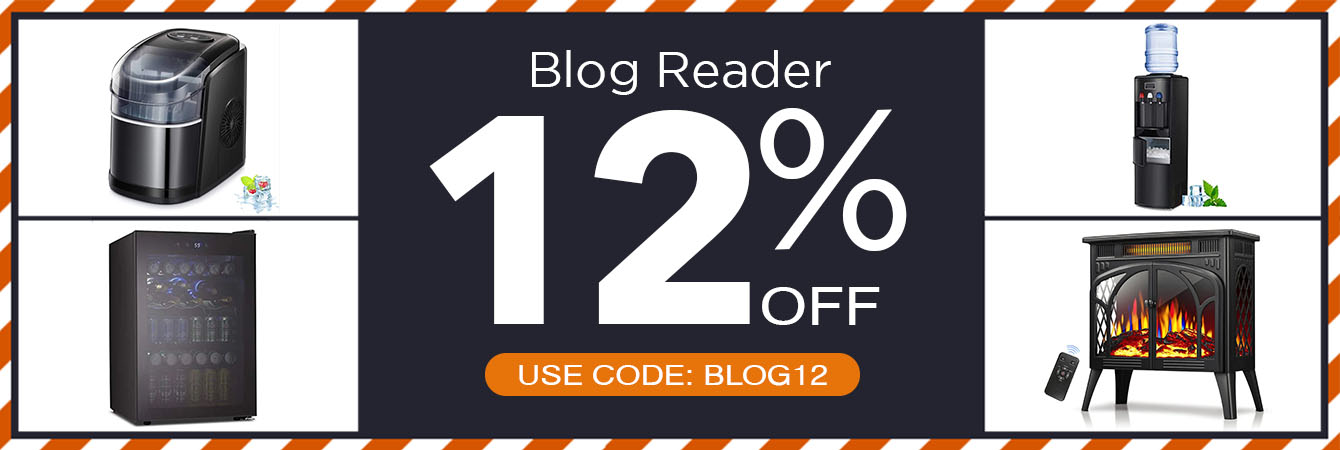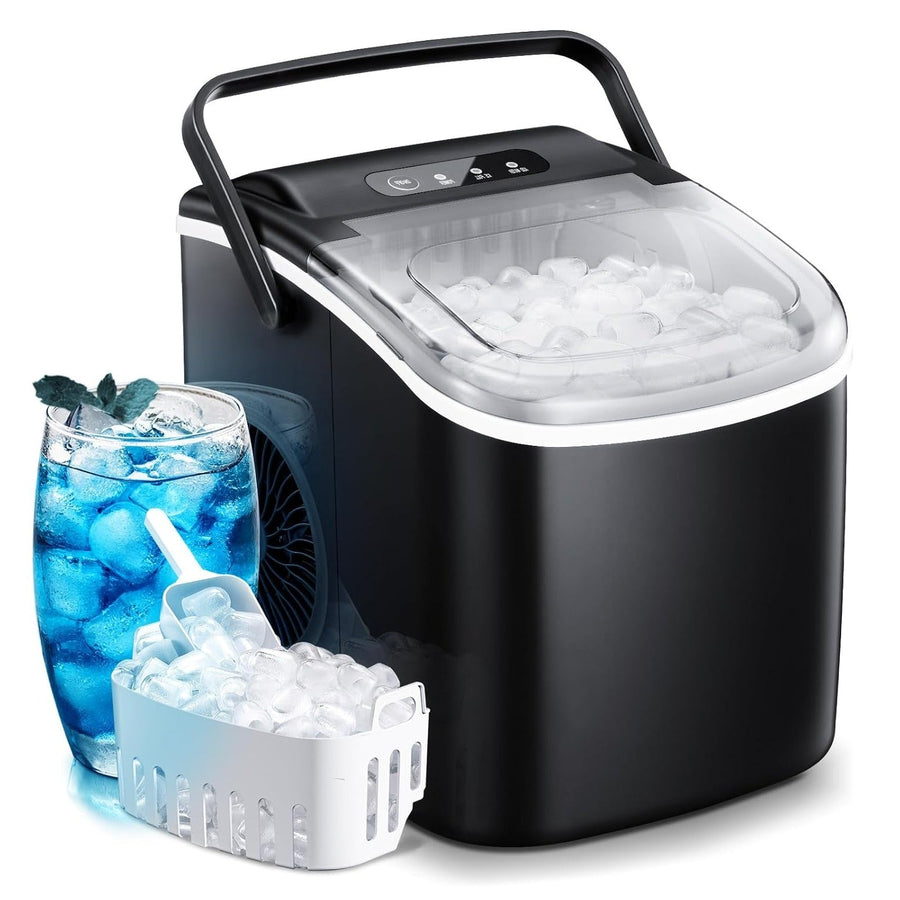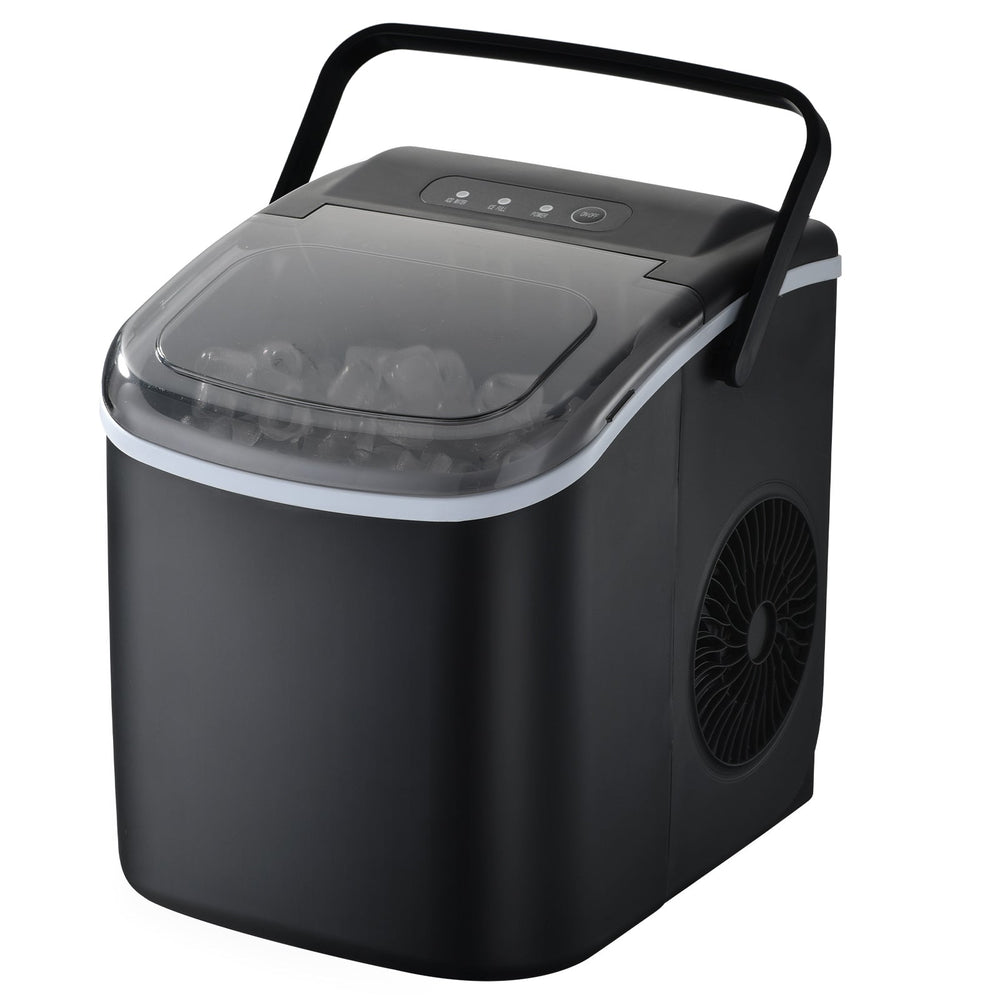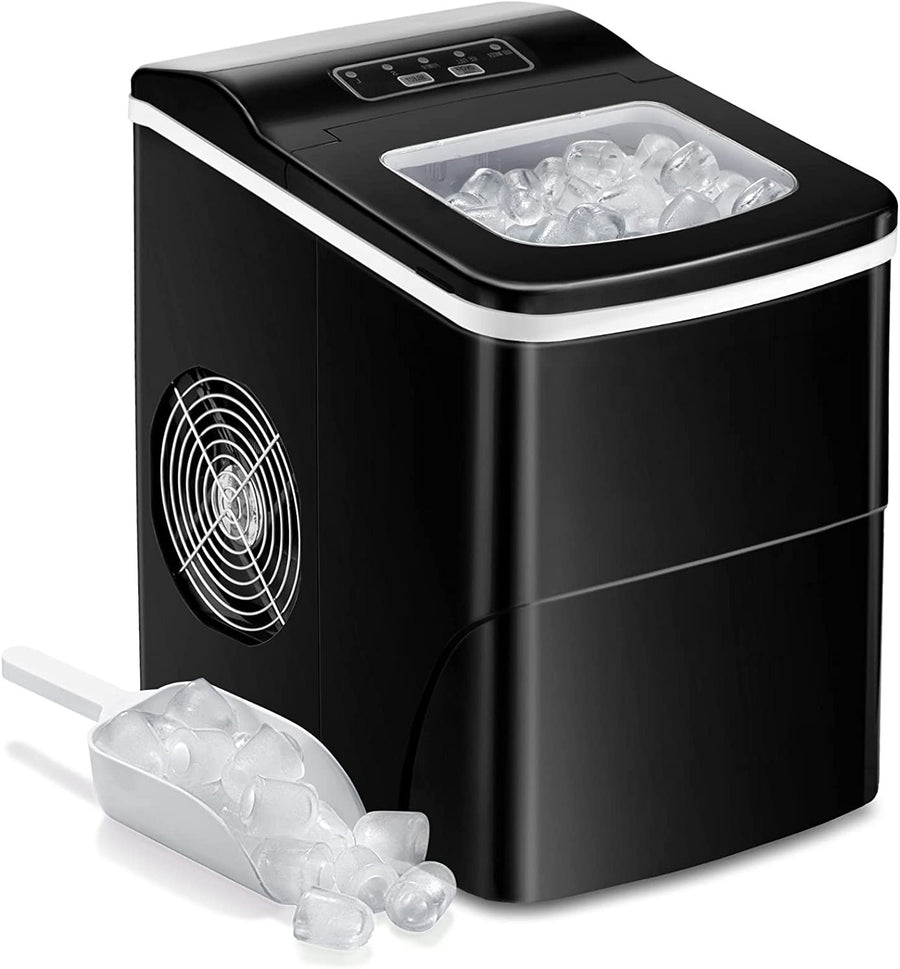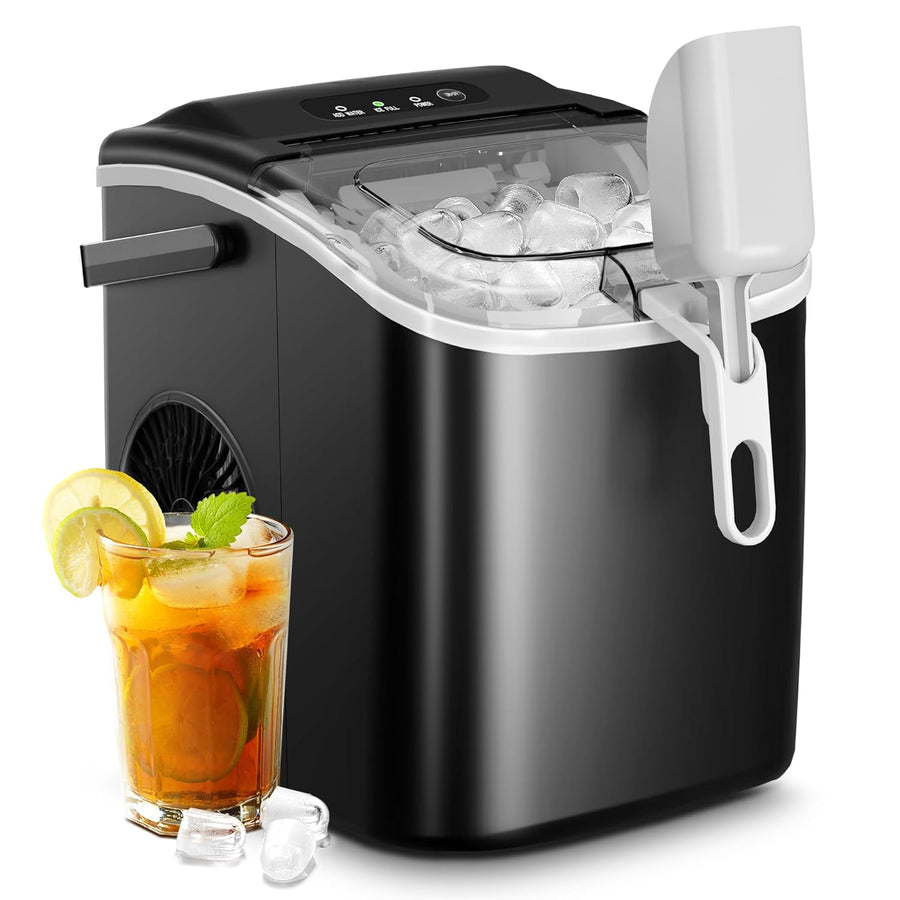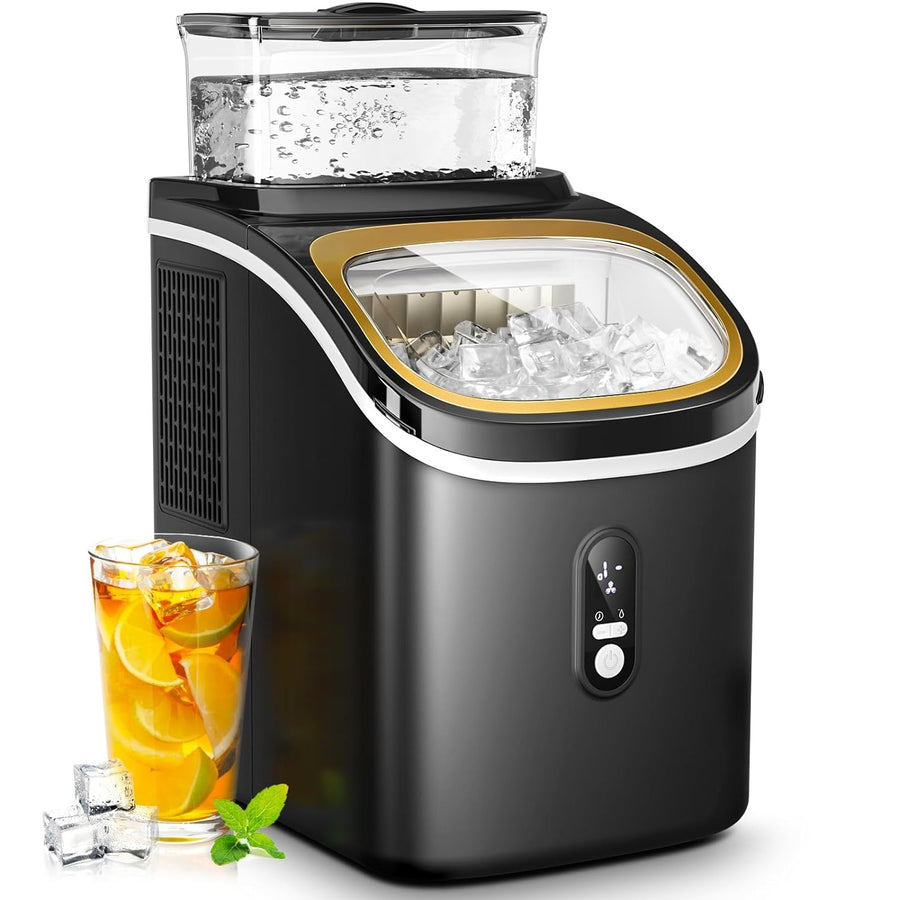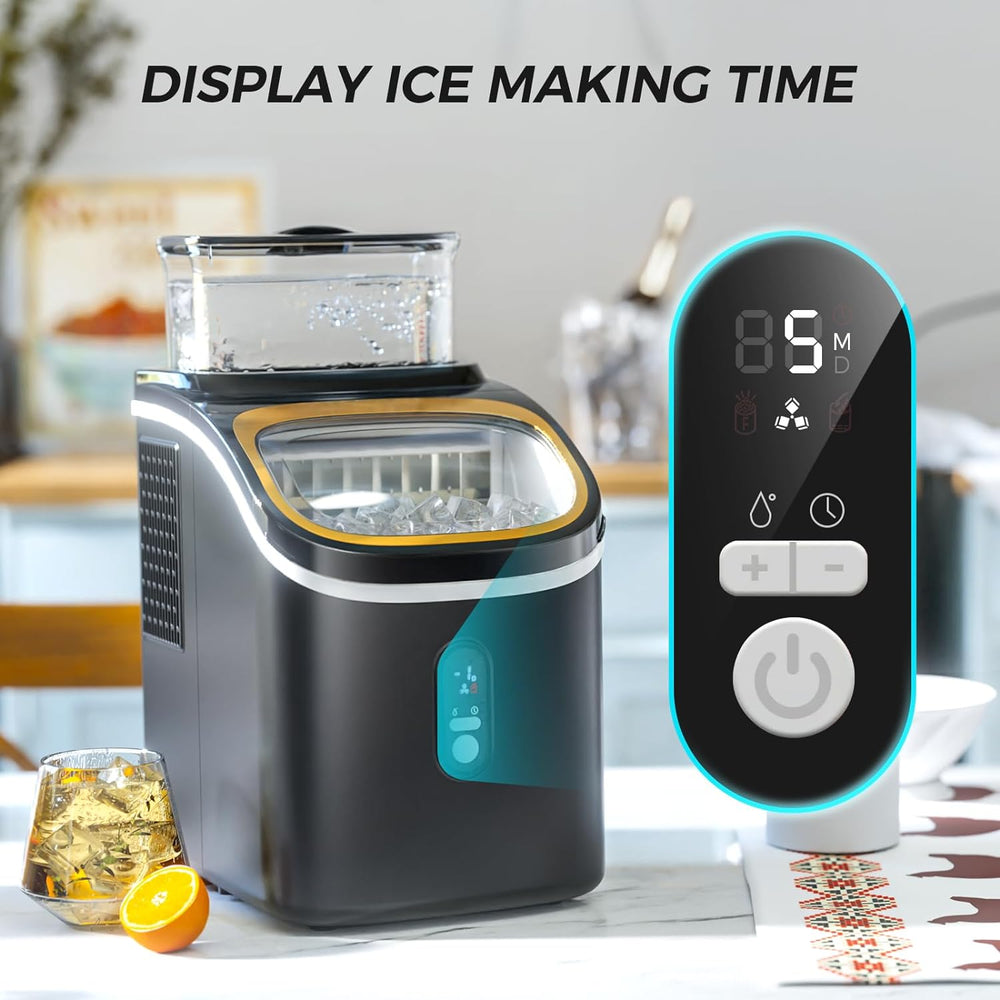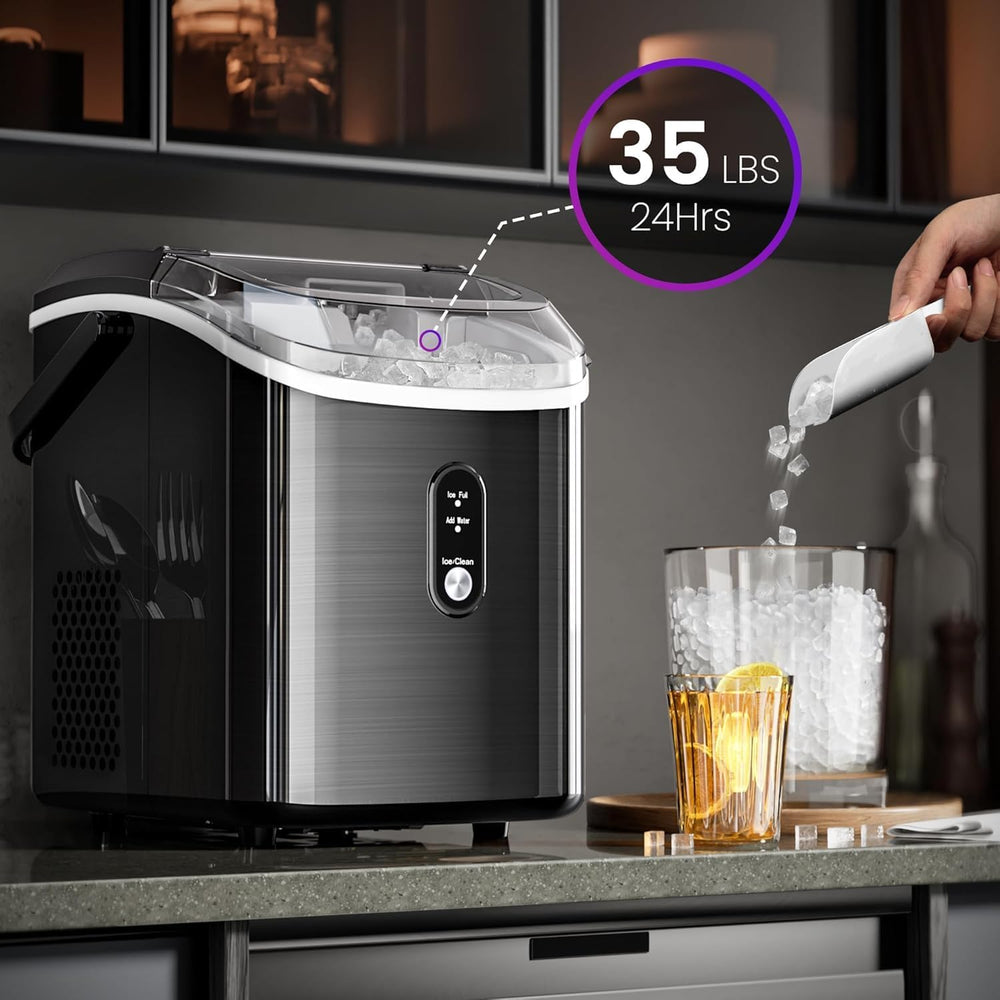How to Clean Your Espresso Machine: A Comprehensive Guide
With a right espresso machine, you can enjoy the world of barista-quality coffee in the comfort of your own home. Its extraordinary features, including a built-in grinder, a powerful 20-bar espresso pump and precise temperature control, provide you with an unrivaled coffee experience. However, proper cleaning on a regular basis is essential to maintain the excellent performance of your coffee maker and ensure that every cup of coffee is as delicious as the first. Here's a detailed guide on how to keep your espresso machine in pristine condition.
Daily Maintenance: The First Line of Defense
Milk Frother Care

The milk frother on the espresso machine is a stellar feature that creates a velvety froth for your favorite cappuccinos and lattes. However, milk residue builds up quickly after each use and can clog the steam hose. Immediately after frothing milk, turn the knob to steam mode and let the steam run for about 10-15 seconds. This helps to squeeze out any milk residue from the steam wand. Then, wipe the vaporizer wand thoroughly with a damp cloth. For those hard-to-reach areas, you can use a soft-bristled brush dipped in warm soapy water. After cleaning, rinse the wand with water and dry it with a clean cloth to prevent bacteria from growing.
Drip Tray and Water Tank
The convenience of the removable drip tray and 2.8-liter removable water tank is also reflected in the cleaning process. Empty the drip tray after each use to avoid water spills and odors. Wash with mild detergent and warm water, scrubbing gently to remove coffee stains or residue. Rinse thoroughly and dry completely before returning to the coffee maker.
For the water tank, it must be emptied and filled with fresh water regularly. Every few days, perform a deeper cleaning of the water tank. Remove any scale or deposits with a mixture of warm water and a small amount of white vinegar. Let it soak for a while, then rinse the tank with fresh water several times until there is no vinegar odor. This will not only keep your water fresh, but it will also prevent mold and bacteria from growing.
Weekly Cleaning: Digging Deeper
Group Head and Portafilter
Group heads and filters play a vital role in extracting the rich flavors of coffee. Over time, coffee oils and grounds can build up and affect the flavor of the coffee. To clean the filter head, first remove the filter. Insert the blind filter into the group head and run a cleaning cycle using a specialized espresso machine cleaner. Follow the instructions on the cleaner carefully. Usually, you will need to run it for a few minutes. After that, remove the filter and rinse it several times with water to rinse off any residual cleaner.
For the strainer, remove the filter basket and wash it with warm and soapy water. Use a brush to clean the inside of the filter basket and the threads that screw into the screen. Thoroughly rinse all parts and let dry before reassembling. Wash the body of the strainer in the same way, making sure to clean all nooks and crannies.
Grinder
The precision conical burr grinder with 30 preset settings is a highlight of the Kismile machine. To maintain its performance, clean it regularly. Many grinders have a cleaning mode. Refer to your machine’s manual to activate it and run a cleaning cycle with cleaning tablets or raw rice. These help to dislodge any stuck coffee grounds and keep the burrs sharp. After running the cleaning material through, use a brush to sweep out any remaining debris from the grinder chamber.
Monthly Cleaning: Descaling for Longevity
Mineral deposits from the water can gradually accumulate inside your espresso machine, reducing its efficiency and lifespan. Descaling, which involves removing these deposits, should be done monthly. Purchase a descaling solution specifically formulated for espresso machines. Empty the water tank and fill it with the descaling solution according to the instructions. Insert the portafilter with a blind filter and run the machine through several descaling cycles.
Once the descaling is complete, empty the tank and refill it with fresh water. Run multiple cycles with just water to rinse out all the descaling solution. It’s important to discard the first few cups of coffee brewed after descaling to ensure there’s no aftertaste from the solution.
By following these cleaning routines, you can ensure that your espresso machine continues to deliver exceptional coffee, cup after cup. Regular cleaning not only enhances the flavor of your coffee but also prolongs the life of your beloved machine. So, make cleaning a part of your coffee-making ritual and savor the perfect brew every time.









